To view a full list of our online programs, visit WCC Online.
Online Course Development Process
Washtenaw Community College follows a structured, collaborative process to ensure the quality and consistency of its online and blended courses. Faculty work closely with instructional designers, academic leadership, and the Online Learning Advisory Team through a defined development cycle—from proposal to deployment.
Key milestones include:
- Exploration and Approval – Departments, in collaboration with faculty and deans, identify course needs and submit a proposal to CiTL outlining rationale, projected enrollment, and program alignment.
- Cohort-Based Development – Approved courses join a development cohort supported by CiTL instructional designers and the Online Learning Advisory Team.
- Collaborative Design and Review – Courses are built using a shared design process, including midpoint and final reviews to ensure quality, accessibility, and alignment with learning outcomes.
- Quality Assurance and Launch – Finalized courses undergo a QA review and are deployed as Blueprint Courses for consistent delivery.
- Ongoing Evaluation – Student feedback and course performance data are reviewed during the first term to inform continuous improvement.
For more detailed information about each phase and related resources, WCC faculty can visit the CiTL Faculty Resource Hub.
Online Course Design
All online and blended courses at Washtenaw Community College are developed using a set of research-based design standards to ensure a consistent, high-quality student experience.
These standards focus on four key areas:
- Course Structure – Aligned outcomes, intuitive navigation, organized content, and clear instructional materials.
- Community & Presence – Intentional instructor presence, inclusive tone, and opportunities for student connection and collaboration.
- WCC Experience – Integration of WCC-specific elements such as WCC instructors, college resources, and community engagement.
- Accessibility – Accessible design across content, media, and tools following ADA, WCAG 2.1, and UDL guidelines.
